It’s long been reiterated that eating fruits and vegetables as much as you can contribute to good health. However, what if your favorites are not in season? The best option is to go frozen. The nutritional value of fresh produce has the same benefits as frozen fruits and vegetables, as they are picked and frozen quickly to confine their flavor and nutrients.
Generally, it is conserved at a temperature of -18 to -20 degrees Celsius. Additionally, frozen produce prevents any spoilage and preserves the food longer. Incorporate individually quick-frozen (IQF) foods in your menu and benefit from high nutritional value, no preservatives, and easy to prepare cuts.
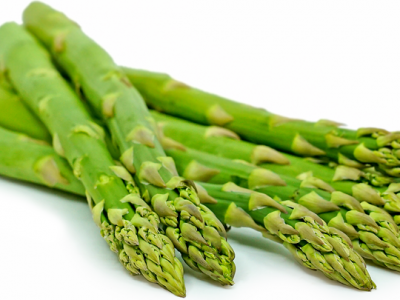
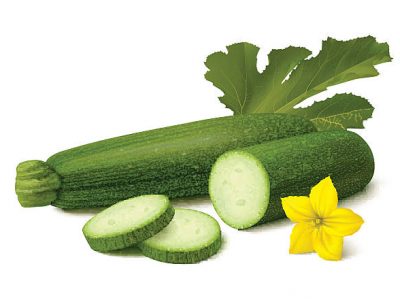
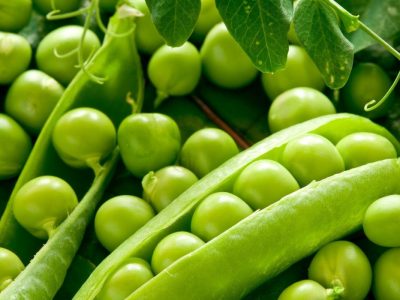
1. Asparagus
Asparagus comes in white, green, and purple, which is low in calories but high in minerals, antioxidants, and vitamins. It is packed with zinc, iron, riboflavin, vitamin K, and folate. There’s a lot you can do even to IQF asparagus – you can stir-fry, roast, grill, add in frittatas, casseroles, and pasta bakes.
2. Sliced Zucchini
Zucchinis or courgettes can grow up to 1 meter; however, it is commonly harvested at 20cm. IQF zucchinis are abundant in vitamin A that contributes to eye health and a strong immune system. It also adds to a healthy digestive system as it is rich in water and fiber. Furthermore, it promotes healthy bones, prostate, and thyroid.
3. Peas in the pod
There are three kinds of peas, like snow peas with edible flat pods but contains small peas. Snap peas have full-size peas with edible pods. Lastly, the garden peas or known as the sweet peas have full-size peas, but the pods are not eaten. Including peas in your diet provides eye, digestive, and immune health.
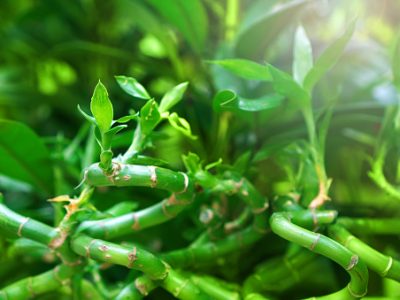
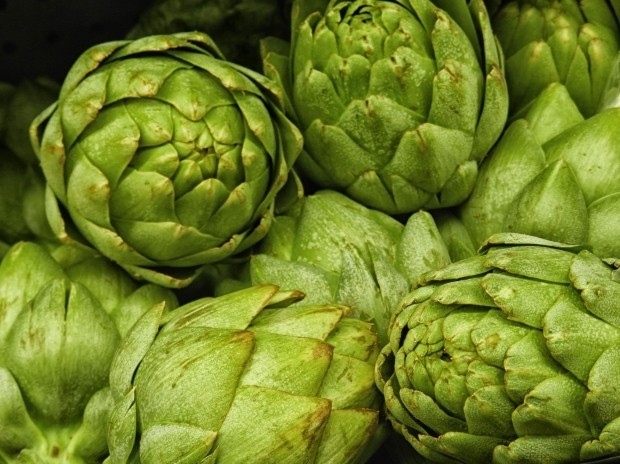
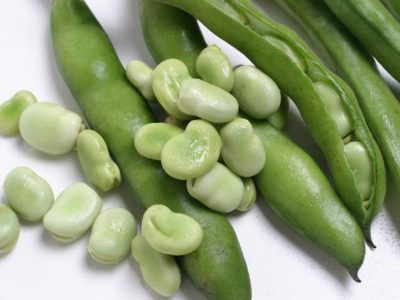
4. Bamboo Sprouts
IQF bamboo shoots are a good source of dietary fiber. It has phytochemicals, thiamine, and potassium that provides a healthier heart while sustaining normal blood pressure. A 100-grams of IQF bamboo shoots does not exceed 20 calories and a minimal carbohydrate with 3 grams.
5. Artichoke (hearts)
Artichokes are initially used for their medicinal properties in the Mediterranean regions. It lowers blood sugar levels, improves digestion, liver, and heart health. It is mainly high in folate, vitamins C, K, potassium, magnesium, iron, and phosphorous. Taking in a medium artichoke completes 28% of RDI.
6. Large Broad Beans
Also known as fava beans, broad beans are a bit sweeter with an earthy flavor. It contains protein, fiber, manganese, copper, and folate. Consuming a cup or two of fava beans helps with Parkinson’s Disease symptoms, prevents birth defects, prevents bone loss, and improves the symptoms of anemia.


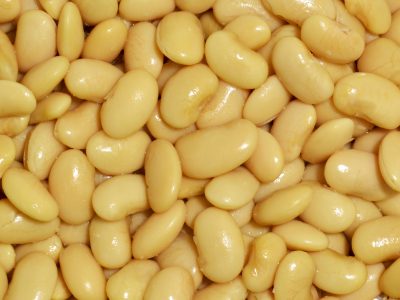
7. Silverskin Onions
Silverskin onions grow well in Netherlands and Israel. They develop from 15 to 35mm with white, silvery skin. Generally, these onions are processed commercially as pickles or used to make classic Gibson cocktail. IQF silverskin onions can be glazed, creamed, or roasted.
8. Spinach
IQF Spinach is an antioxidant that originated from Persia. As a green leafy vegetable, it is high in insoluble fiber that helps in the digestion process. It is packed with vitamins C, K, carotenoids, iron, folic acid, and calcium. These nutrients reduce oxidative stress, regulates blood pressure, and fights cancer.
9. Butter Beans
Also known as Lima Beans, butter beans come in pale-green or cream-colored varieties. It is a primary source of vitamin B, fiber, protein, and iron. Consuming a cup of butter beans provides you 25% RDI of iron while half of RDI for manganese, magnesium, zinc, potassium, and phosphorous.
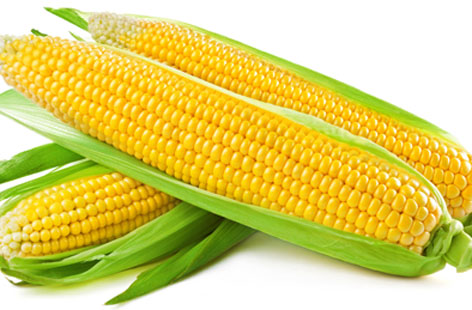

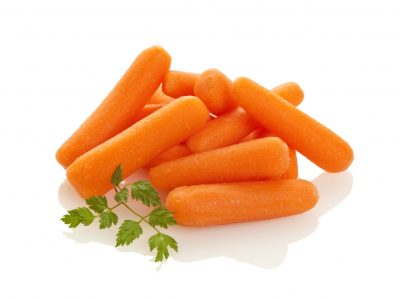
10. Super Sweet Corn
For gluten-intolerant individuals, IQF sweet corns are healthier alternatives to pasta as it is naturally gluten-free. It is packed with carbohydrates and fibers with lower proteins. It is also a good source of vitamins and minerals like niacin, manganese, carotenoids that promote eye health.
11. Baby Corn
IQF baby corns have lower carbohydrate contents but high in fiber with 3.5grams from a half cup. Including this in a pregnant women’s meal provides 26.4mcg of folate per half-cup. It also has a fair amount of calcium, iron, zinc, fiber, vitamins A, B, and C.
12. Baby Carrots
Baby carrots are harvested at 3 or 4 inches long. A serving can complete 250% of RDI for vitamin A in the form of beta carotene. It is also a good source of biotin, potassium, vitamin B6, and vitamin K1 that is important in blood pressure control, metabolism, bone and eye health.
[su_divider top=”no” divider_color=”#726c6d” size=”7″ margin=”5″]
[su_button url=”https://www.facebook.com/tradelinksainternational/?view_public_for=105757601162821″ target=”blank” style=”flat” size=”5″ icon=”icon: facebook-f” text_shadow=”0px 0px 0px #000000″] [/su_button] [su_button url=”https://www.linkedin.com/company/tradelink-sa/?viewAsMember=true” target=”blank” style=”flat” size=”5″ icon=”icon: linkedin” text_shadow=”0px 0px 0px #000000″] [/su_button] [su_button url=”https://www.instagram.com/tradelinknz/” target=”blank” style=”flat” size=”5″ icon=”icon: instagram” text_shadow=”0px 0px 0px #000000″] [/su_button] [su_button url=”https://www.youtube.com/channel/UCewEsyFy0Y_1MdjwhsXvT0w” target=”blank” style=”flat” size=”5″ icon=”icon: youtube” text_shadow=”0px 0px 0px #000000″] [/su_button]
[su_youtube_advanced url=”https://www.youtube.com/watch?v=LCEkNZdMi04″ height=”200″ responsive=”no” fs=”no”]


